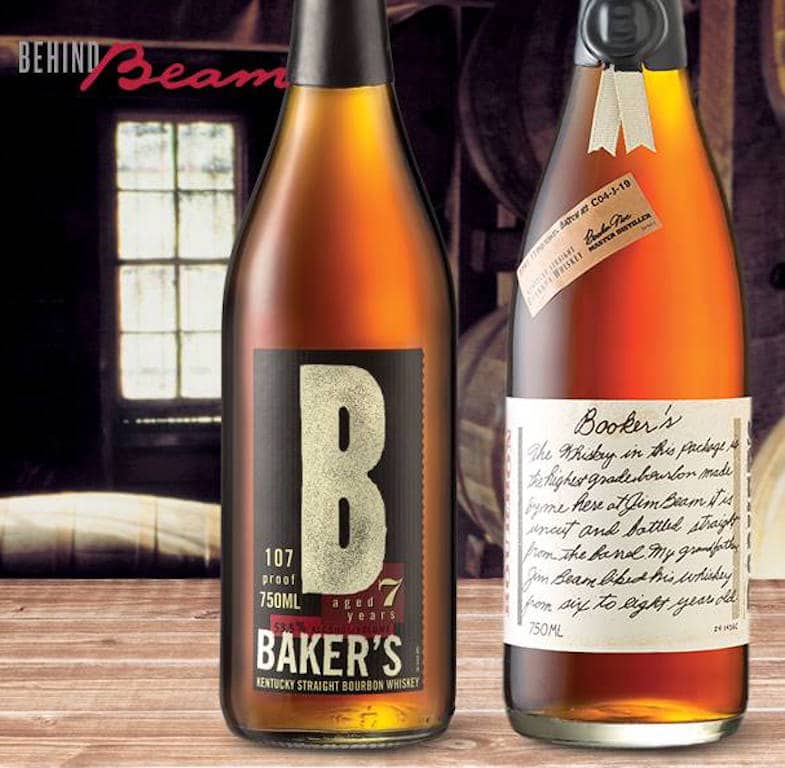As kids, we have all sung the ice cream song:
I scream,
You scream,
We all scream for ice cream!
The arguments for and against small batch bourbon distilling and blending often strike me with the same tone. It’s a marketing dream. We look for it and even expect it, but don’t really know what it means. Imagine the video on your new product has just gone viral and everyone wants your product. In a sense, it’s a similar situation with the magic label “Small Batch” on a bottle of bourbon.
For some reason, our culture now associates that label with something extra special in the bottle. In a similar fashion, the label “BIB” or “Bottled in Bond” once carried the same cultural message. It still signifies at least 100 proof, but has lost much of the rest of its importance. Some whiskey drinkers today are beginning to take exception to the idea of a small batch bourbon being any better or more special than any other bourbon on the shelf (think blended malts and Scotch). The important thing to remember is that at the heart of drinking bourbon is the pure enjoyment of the experience.
Bourbon can only be made in Kentucky, right? Wrong. A small batch bourbon means it’s special and extra premium, right? Well…that’s a little more complicated. The label “Small Batch” is most often associated with bourbon, but rye whiskey is sometimes found with similar labels. Unfortunately, no one really knows what it means and each distillery generally defines it as they choose.

All would agree that it involves distilling and blending multiple barrels. However, it varies widely in the number of barrels blended and from where each barrel in the aging warehouse is taken. It can range anywhere from 10 barrels to under a hundred chosen to be mixed. Normally the range is between 10 and 50. However, just like enjoying the taste of great whiskey is very personal, developing a small batch is also very personal.
The distinction from a single barrel whiskey is obvious. This type of whiskey is bottled entirely from a single barrel where a small batch whiskey is blended with multiple barrels (carefully chosen) before being bottled. Some examples of small batch whiskeys include: Elijah Craig 12 year, Bulleit Bourbon 10 year, Colonel EH Taylor, Bookers, Basil Hayden’s, Maker’s Mark, Rowan’s Creek and Knob Creek.
The following marketing piece is found on smallbatch.com, doing its best to help us feel special when we buy any of these bourbons from the Beam-Suntory stable. “Small batch bourbon is made for the true connoisseur, every sip a testament to the work and love that has gone into each handcrafted bottle.”
When I read this statement independent of the website with its colors, images and smooth and appealing overall feel, I have to laugh. We all choose our whiskey for a variety of reasons and this marketing line could probably apply to most of our whiskeys. (at least we’d like to think so…) We often choose because of some combination of taste, appearance, aroma, ABV, cost or because of images that have been planted in our minds through effective marketing. In all honesty, I happen to enjoy all of Booker Noe’s “ultra, premium, small batch” pre-Prohibition (current hot button description) style bourbons. I also enjoy many other bourbons and ryes without this labeling.
The old cliche comes to mind. “There’s no such thing as bad whiskey. It’s just that some are better than others”. Small batch whiskeys will be more uniform in taste and color from bottle to bottle while single barrel whiskeys may allow a slightly greater degree of variation. Some whiskey drinkers are willing to pay a premium to get those slight variations while others prefer a smoother flavor with a more consistent experience typical of small batch. Even understanding this difference better and understanding the factors affecting our choices, it still boils down to one question: are you enjoying your whiskey experience?
Try some new whiskeys outside your normal buying habits. Arrange some blind tastings to better understand your choices. Change your drinking environment around to vary the experience and take some notes and keep a log. You might be surprised by your true whiskey preferences.








